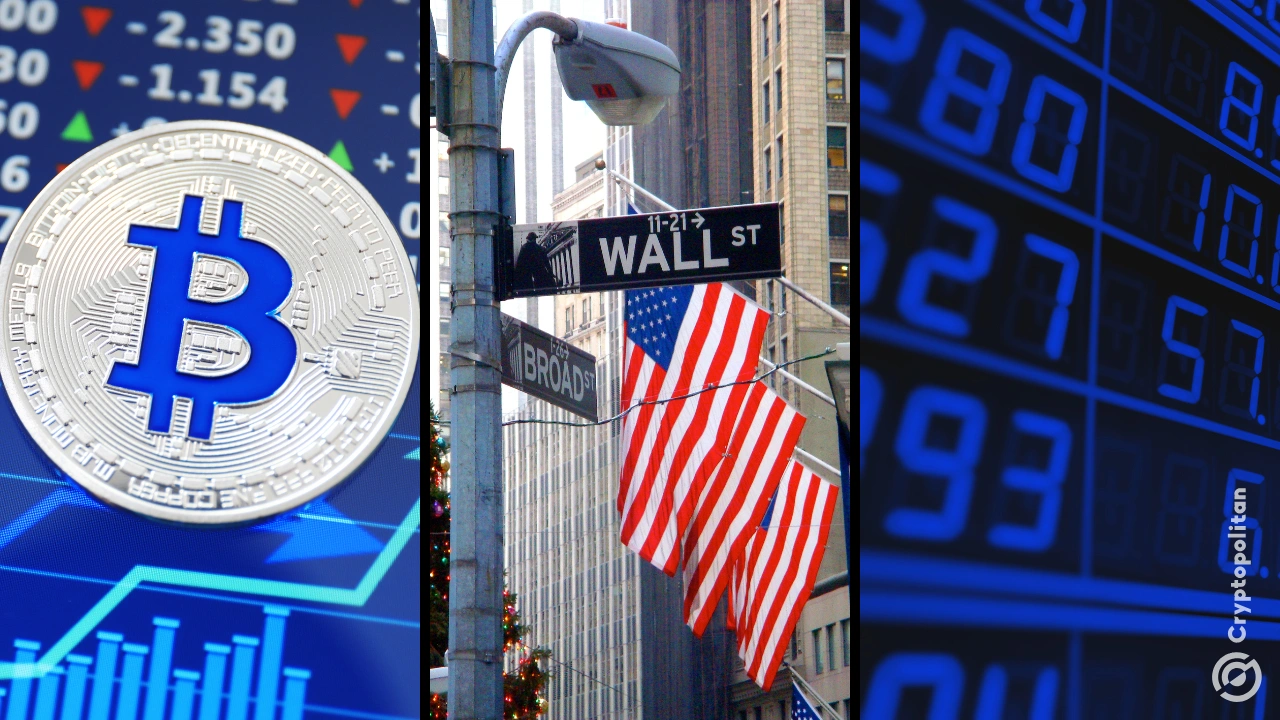Wall Street just wrapped up 2024, and let’s just say the mood wasn’t exactly festive. Investors were expecting the famous “Santa Claus rally” to close out the year with a bang, but that didn’t happen.
Historically, this rally—the last five trading days of December and the first two of January—pushes the market up about 1.3%. Not this time. The S&P 500 slumped through the final three trading days of the year, dragging down the five-day stretch into the red.
This sour finish has everyone talking. The S&P 500 still managed a 24.1% gain for the year though, its second consecutive annual surge over 20%. That’s only happened twice in history now, the last time being in 1998.
The index added $10 trillion in market cap this year alone. The Nasdaq outshined its peers with a 28.64% gain for the year, while the Dow posted a more modest 12.88%. But no one’s popping champagne. December’s lackluster performance has some analysts worried about a rough start to 2025.
Santa skips Wall Street as 2025 arrives
Without the rally, all eyes are on January. Here’s why it matters: January is like a crystal ball for Wall Street. Jeffrey Hirsch, CEO of Hirsch Holdings and the guy behind the Stock Trader’s Almanac, calls the first five trading days of the month an “early warning system.”
If the market’s up, the rest of the year usually follows suit. This little trick has been right in 14 of the last 18 post-election years. But it’s not just about those first few days. January as a whole is a big deal. According to Hirsch, a strong January almost always means strong annual gains.
His “January Barometer” claims an 83.3% accuracy rate since 1950. But when the month flops? The rest of the year usually isn’t much better. December’s weak finish already has people nervous.
The Federal Reserve isn’t helping matters either. Inflation is still running hot, and their latest projections show rate cuts in 2025 will not be as aggressive as everyone hoped. Or even at all. That reality check hit the S&P 500 hard in early December, triggering its worst single-day drop in months.
Tech takes the crown, but risks pile up
If you had to pick a winner in 2024, it was tech, no question. As we’ve reported, the so-called “Magnificent Seven”—Apple, Microsoft, Meta, Amazon, Alphabet, Nvidia, and Tesla—basically carried the market. Nvidia skyrocketed 171%, and Apple notched a tidy 30% gain. Both hit record highs this year. AI mania played a huge part, with investors betting big on the tech sector’s ability to reshape industries.
And why won’t they? The returns are wild, though not everyone’s buying the hype. Skeptics are comparing today’s tech boom to the dot-com bubble of the early 2000s, warning that these valuations might be too good to last.
It wasn’t all good though. Industrial materials stocks had a brutal year. China’s sluggish economy and lingering fears of a U.S. recession spooked investors, leaving this sector in the dust. Even within the tech-heavy S&P 500, volatility was a problem.
Stocks took a beating in August, with losses spreading beyond just the tech giants. Still, sentiment stayed surprisingly upbeat for most of the year. Bank of America reported that fund managers had the highest net long exposure to the S&P 500 in over 20 years by December.
Retail investors were just as optimistic, with Deutsche Bank noting record-high enthusiasm for stock market gains heading into 2025.
Trump, rate cuts, and Bitcoin
Politics played a huge role in 2024’s market story. President Trump’s re-election sent stocks soaring in November, thanks to promises of tax cuts and deregulation. Bank stocks were the big winners here. JPMorgan jumped 41%, while Goldman Sachs shot up 48% by year’s end.
Tesla, boosted by Trump ally Elon Musk, ended the year up 62%. The Fed also stepped in, cutting interest rates by a full percentage point since September. It was the first rate cut cycle since the pandemic, and it gave the market a much-needed boost.
Meanwhile, Bitcoin stole the spotlight from the traditional markets with a record-breaking year. The apex surged 119%, smashing past $100,000 for the first time. It was the best investment asset of the year.
But Citi’s U.S. economic surprise index slipped in December, signaling that growth might be slowing. Treasury yields are high, the dollar is strong, and the amount of money circulating in the economy isn’t growing fast enough. Analysts are already warning that 2025 could bring an economic contraction. That won’t be good for Bitcoin.
From Zero to Web3 Pro: Your 90-Day Career Launch Plan





